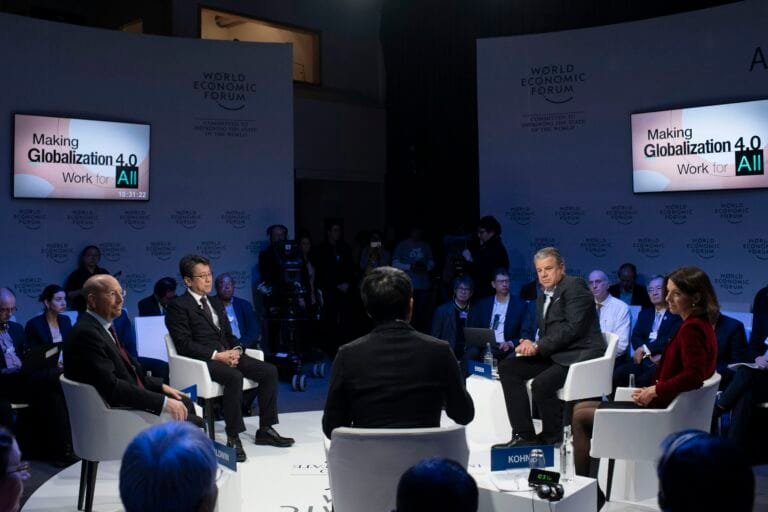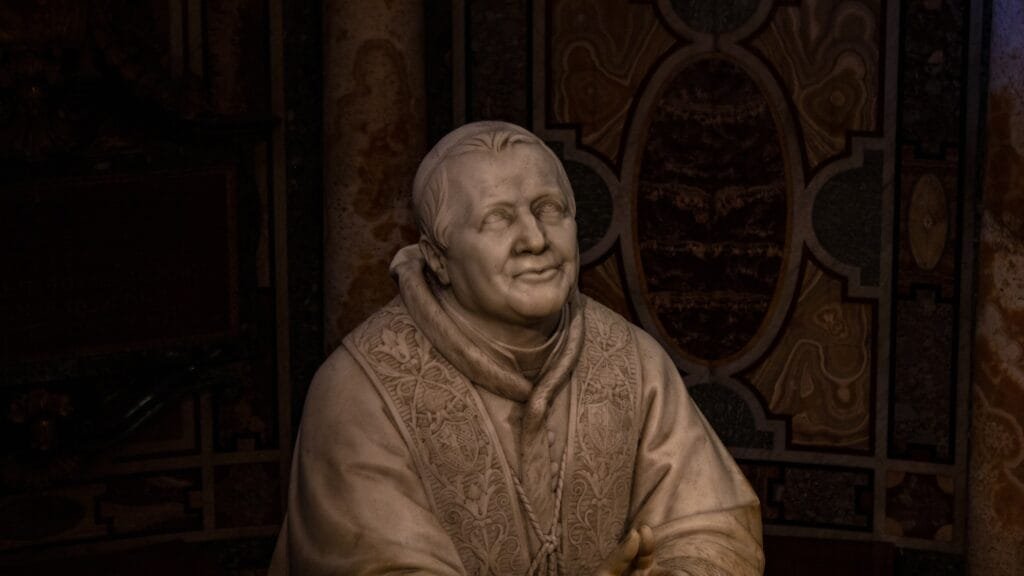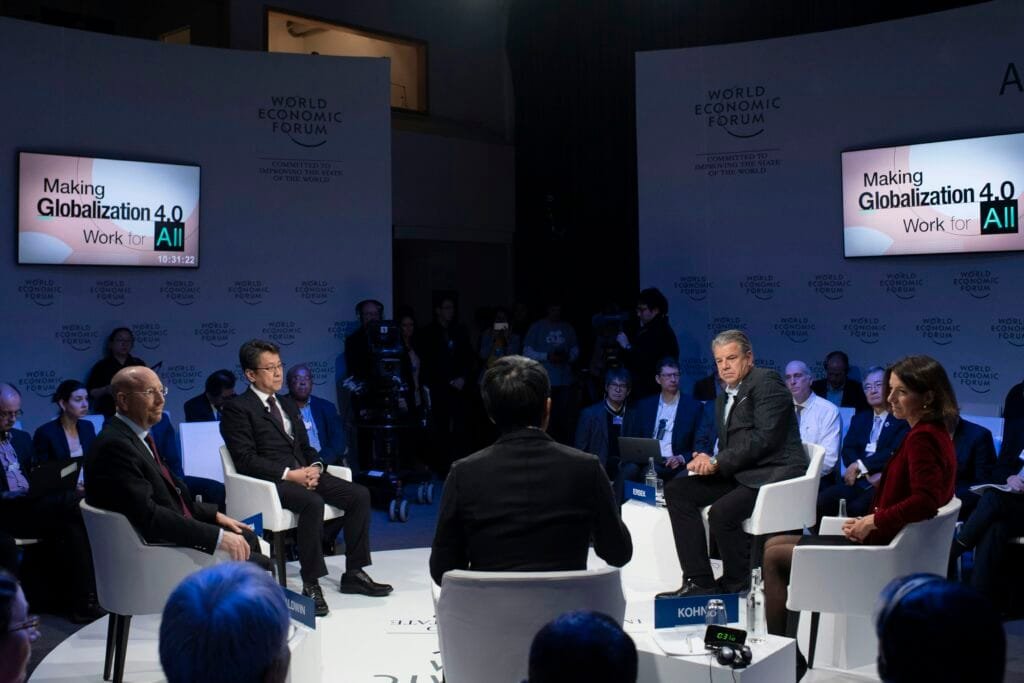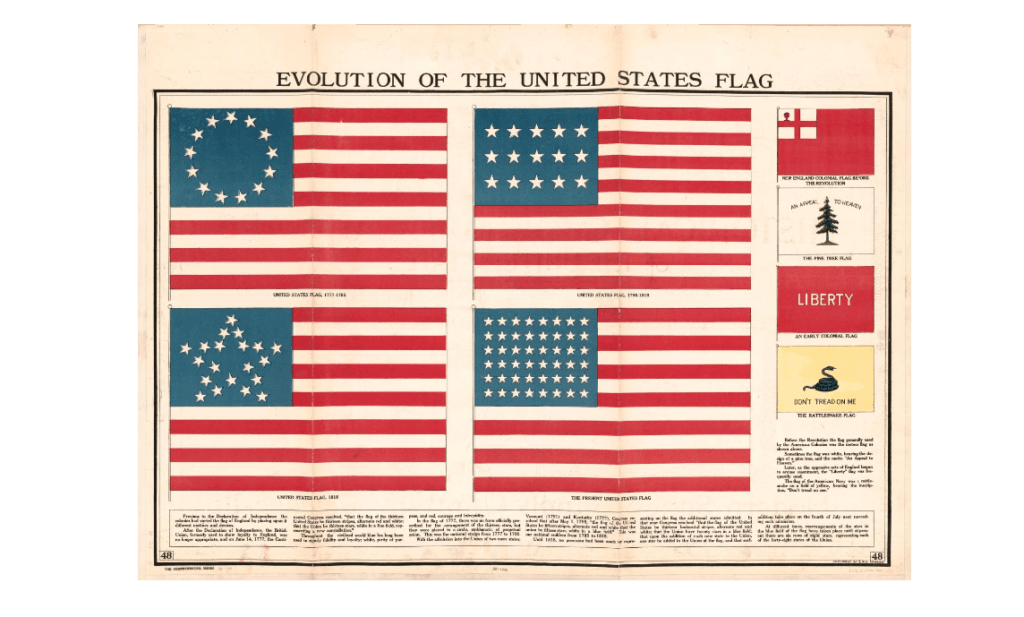Money has always played a pivotal role in human civilization. From the earliest known use of money to the digital transactions of today, the concept of currency has undergone a remarkable evolution. Let’s take a journey through time and explore how money has developed over the centuries.
The Birth of Money
Money, as we know it today, has its roots in ancient civilizations. The earliest known form of money dates back to around 3000 BC in Mesopotamia, where clay tablets were used as a medium of exchange. These tablets represented various goods and services, providing a standardized method of trade.
Over time, different regions developed their own forms of currency. In ancient China, cowrie shells were used as a means of payment, while the Greeks used metal coins. These early forms of money were tangible objects with inherent value.
The Rise of Paper Money
As societies grew and trade expanded, the need for a more convenient and portable form of money became evident. This led to the introduction of paper money. The first recorded use of paper money dates back to 7th century China during the Tang Dynasty. The Chinese government issued promissory notes, which could be exchanged for goods and services.
In the 13th century, Marco Polo encountered paper money during his travels in China and introduced the concept to Europe. However, it wasn’t until the 17th century that paper money gained widespread acceptance in Europe.
The Birth of Modern Banking
The 19th century witnessed a significant shift in the way money was stored and transferred. The establishment of central banks and the development of modern banking systems revolutionized the financial landscape.
The advent of the Industrial Revolution also brought about a need for more efficient payment methods. This led to the introduction of checks, allowing individuals and businesses to make secure transactions without the need for physical currency.
The Digital Age
Fast forward to the present day, and we find ourselves in a world where technology has transformed the way we handle money. With the advent of the internet and smartphones, digital transactions have become the norm.
Today, we can transfer funds, make purchases, and even pay bills with just a few clicks. The rise of digital wallets and mobile payment apps has further accelerated this shift towards a cashless society.
The Future of Money
With the increasing prevalence of digital transactions, it begs the question: How long before physical money becomes obsolete?
While it’s difficult to predict the exact timeline, there’s no denying that the trend towards a cashless society is gaining momentum. Many businesses have already transitioned to card-only payments, and some countries have even started exploring the concept of digital currencies.
However, it’s important to acknowledge that not everyone has access to technology or prefers digital transactions. Physical money will likely continue to exist in some capacity to cater to these needs.
In Conclusion
The evolution of money has been a fascinating journey. From ancient clay tablets to digital transactions, money has constantly evolved to meet the changing needs of society. While the future may hold a cashless society, physical money will always have its place in the world.













